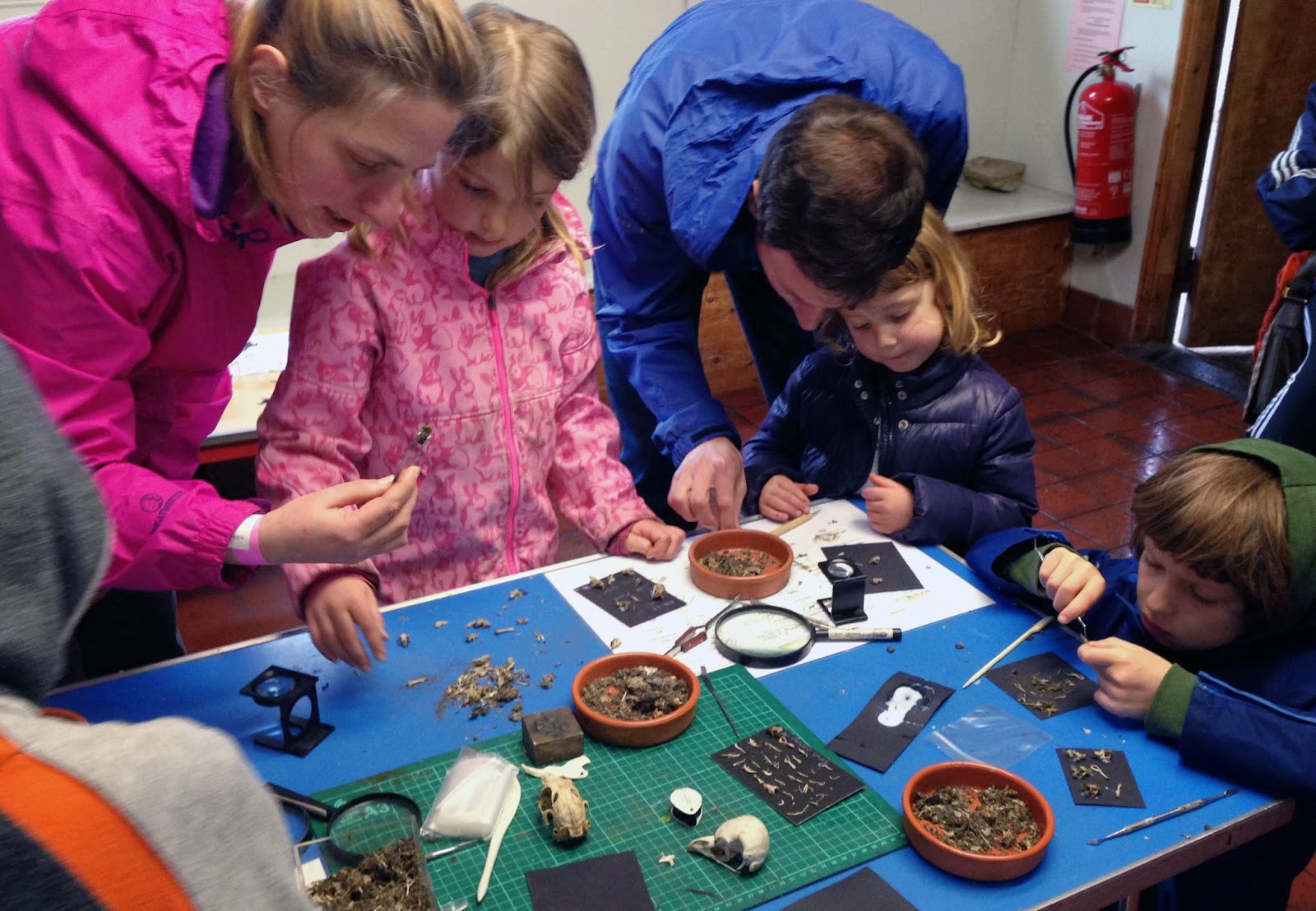Great walk through the Stourhead Estate today with the children running ahead to explore the grottos and temples. The beautiful lake, set in it's manufactured landscape and dotted with coot and grebe and supported by the giant earthworks that retain the water. In the up-stream pond amongst the tangled water plants I could see a dozen or so toads mating, no sign of the strings of spawn but several females besieged by amorous males. I don't often see toads and certainly not mating. The last time I think I saw mating toads was in a shallow pool near the beach in North Norfolk some years ago and whenever I see them I am still reminded of my childhood obsession with them and the many hours spent in Brundall trying to fish them out of drains. I also recall the excitement of feeding them worms and watching their eyes depress as they swallowed and the pawing of their little clawed hands as they grappled with the worms unsurprisingly reluctant to be eaten.
Yesterday evening I romped up Street and Pollard hills with the boys and after being buffeted by strong spring winds on the edge we clambered down into the wooded areas to look for skulls and badger sets and other possible excitements. We found several sheep bones, the children soon learning that if you find one bone you are likely to find others if you just stop and look around carefully. We found some spoil dug out from a badger set and sure enough the skull of a long dead badger, chewed and abandoned in the heap of soil and mine workings and also a rabbit skull in the leaf litter by the fence. We walked home with our finds, vowing to return to look for the deer skull that must belong to the lower jaw that we were carrying, buzzards wheeling high above the slopes enjoying the updraft from the darkening levels beyond.




























